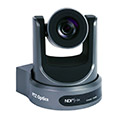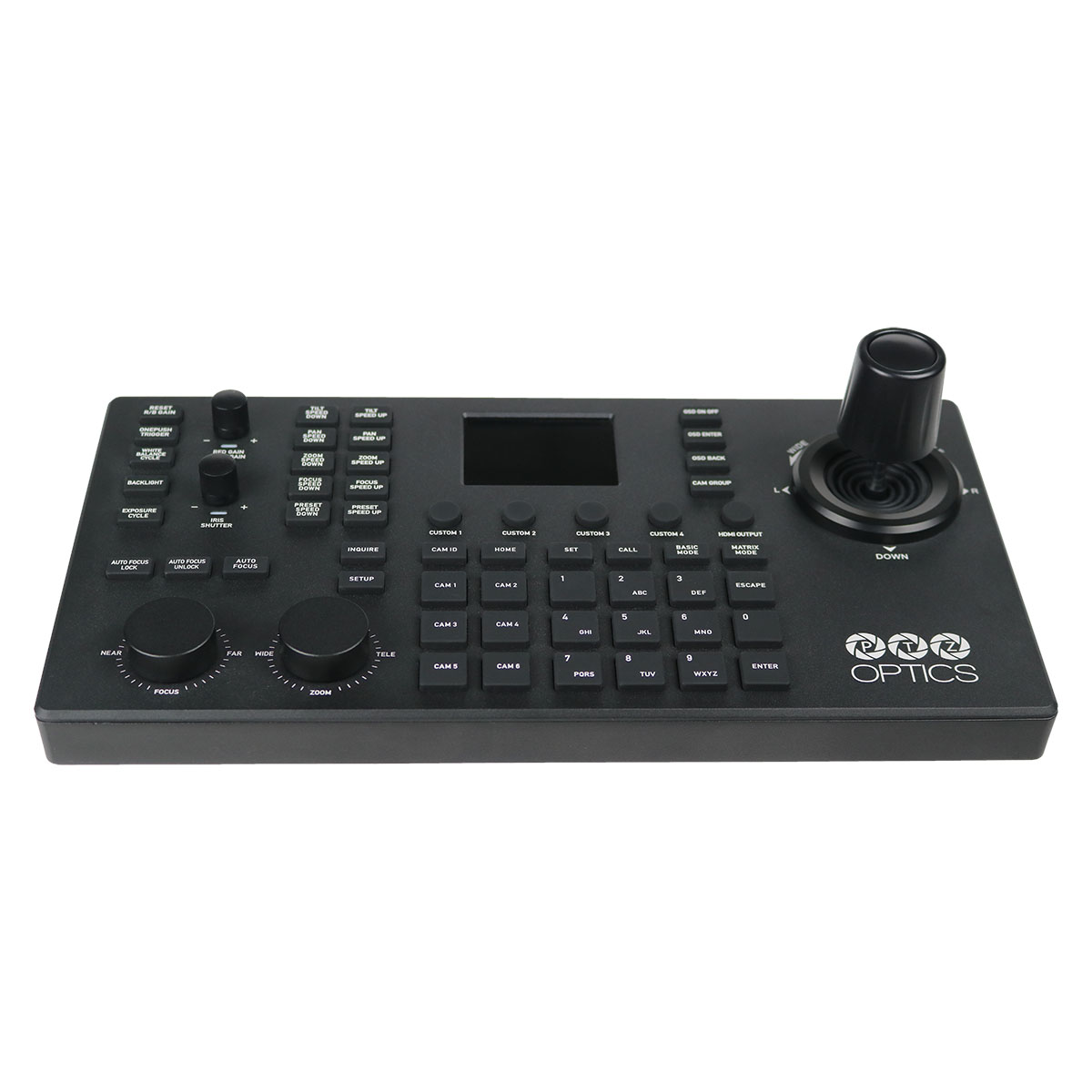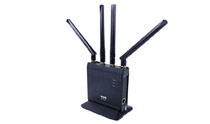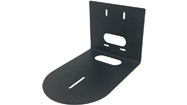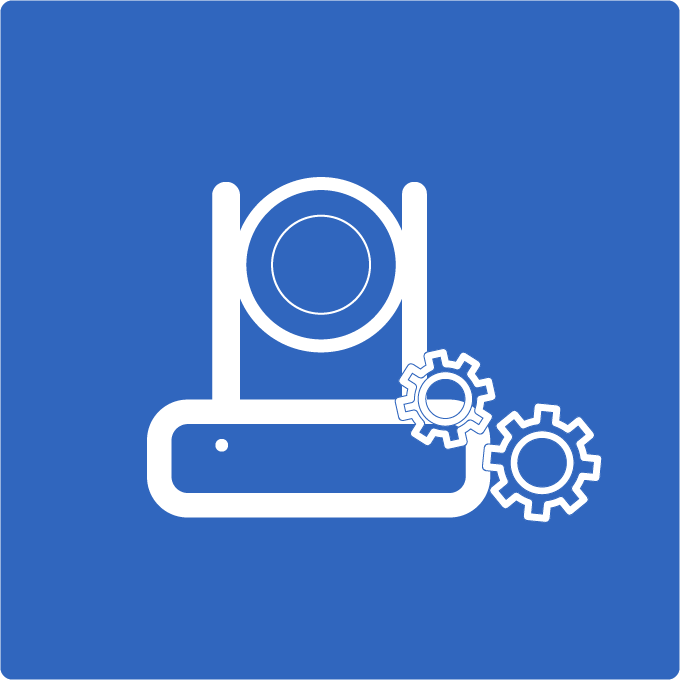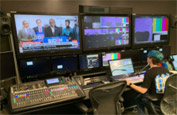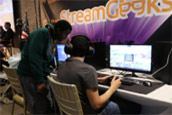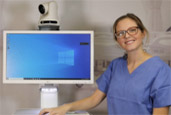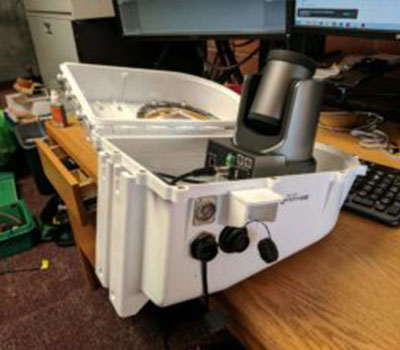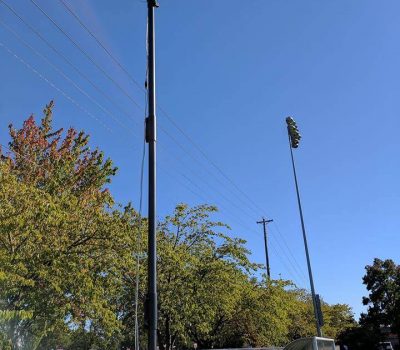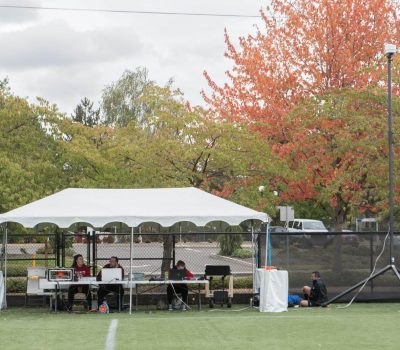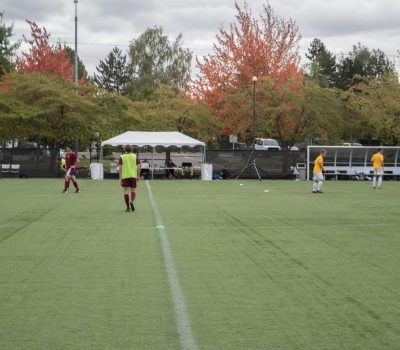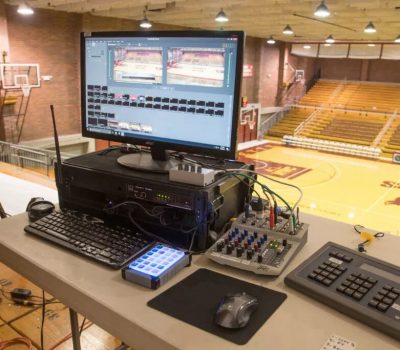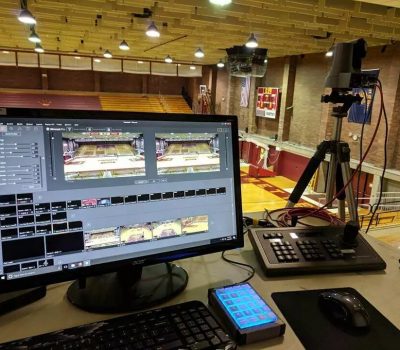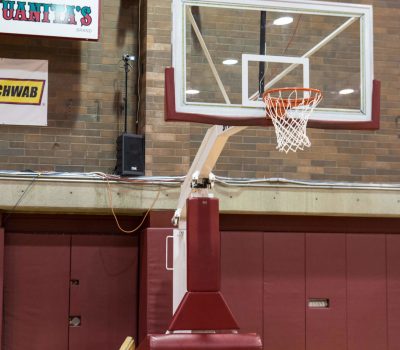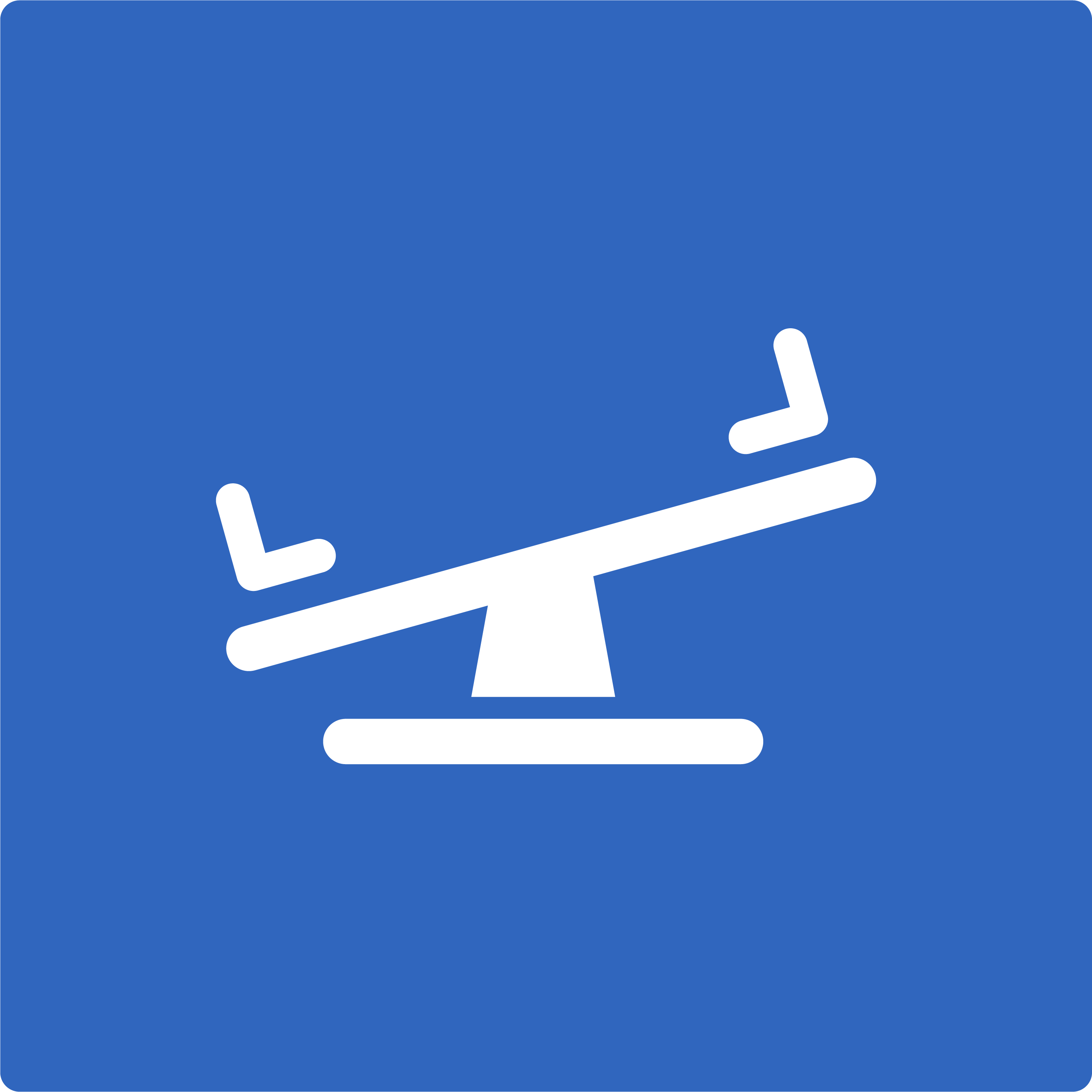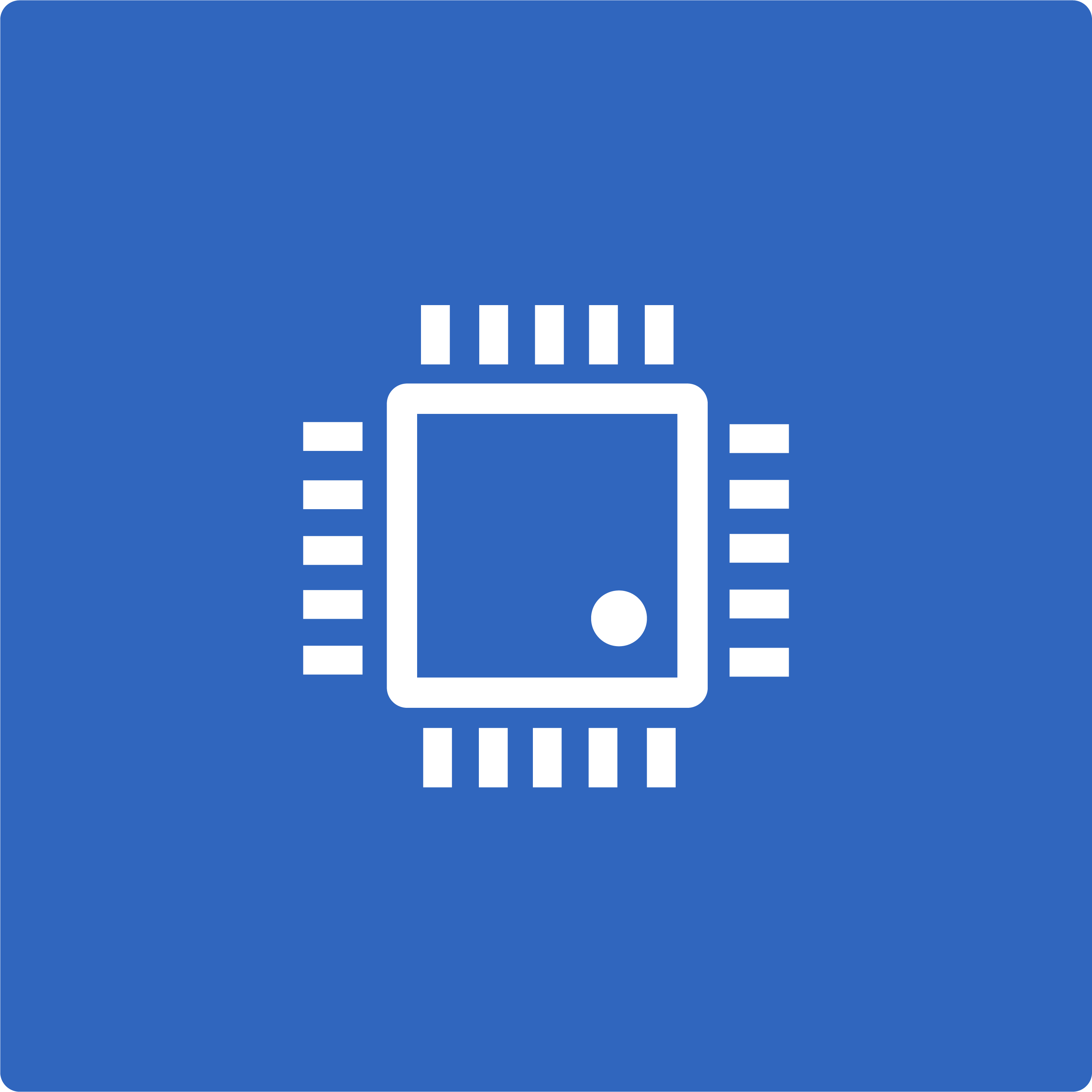From basketball to soccer, Willamette University live streams sporting events
Willamette University is a small liberal arts school located in Salem, Oregon where Christopher Sabato, the Assistant Director of Athletics for Media, organizes live broadcasts for the sports teams. From outdoor soccer matches to indoor basketball games, Christopher shares with us his techniques for live broadcasting these events and how the students’ families watch from out of state.
Willamette University is a small liberal arts school located in Salem, Oregon where Christopher Sabato, the Assistant Director of Athletics for Media, organizes live broadcasts for the sports teams. From outdoor soccer matches to indoor basketball games, Christopher shares with us his techniques for live broadcasting these events and how the students’ families watch from out of state.
At Willamette University, the majority of the student population comes from out of state making it important to the Athletics Department that these families are able to watch the live sports broadcasts online. Using a selection of live streaming hardware and software which includes PTZOptics cameras, Wirecast, Magewell capture cards, xKeys controllers and more, Christopher regularly produces high quality live broadcasts the school’s sports fans enjoy all season long. At the end of the day, it’s all about the fans that cannot make it to every game who are now able to watch live and enjoy the broadcasts from the comfort of their homes.
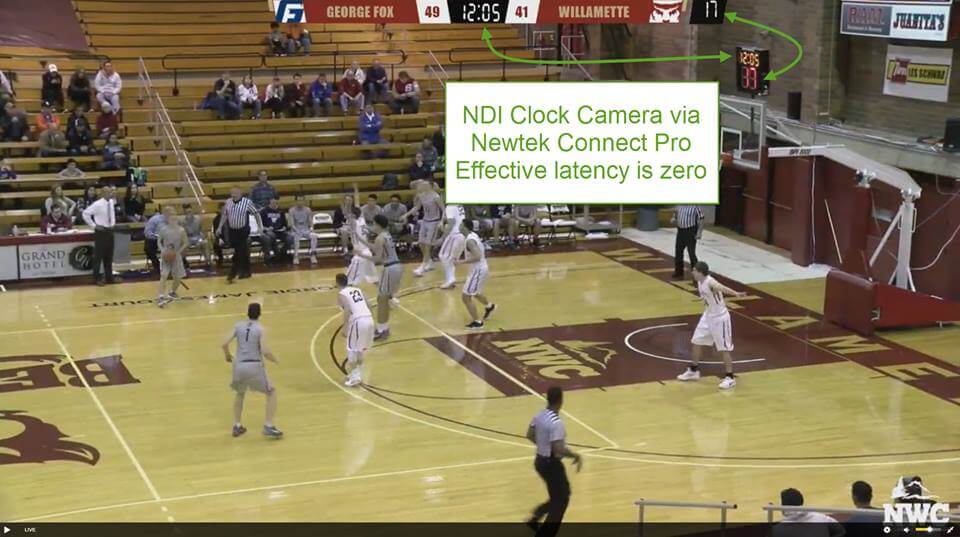
For outdoor broadcasts during the soccer season, Christopher uses a PTZOptics 20X-SDI camera housed in an outdoor enclosure to capture all the action using a PTZ joystick controller. The Dotworkz outdoor camera enclosure is designed for permanent outdoor use and includes two weather-sealed cable ports, which Christopher uses for HD-SDI video and RJ45 converted to DB9 to be used for camera control with the HuddleCamHD joystick. The camera captures all the action from high above the field mounted on top of a SkyHawk TriPod mount made by US Sports Video. This giant tripod allows Christopher to follow the direction of game play from high above the athletes on field. “I don’t have a big production crew. So everything has been designed to be operated by myself or one other work study student,” says Christopher.
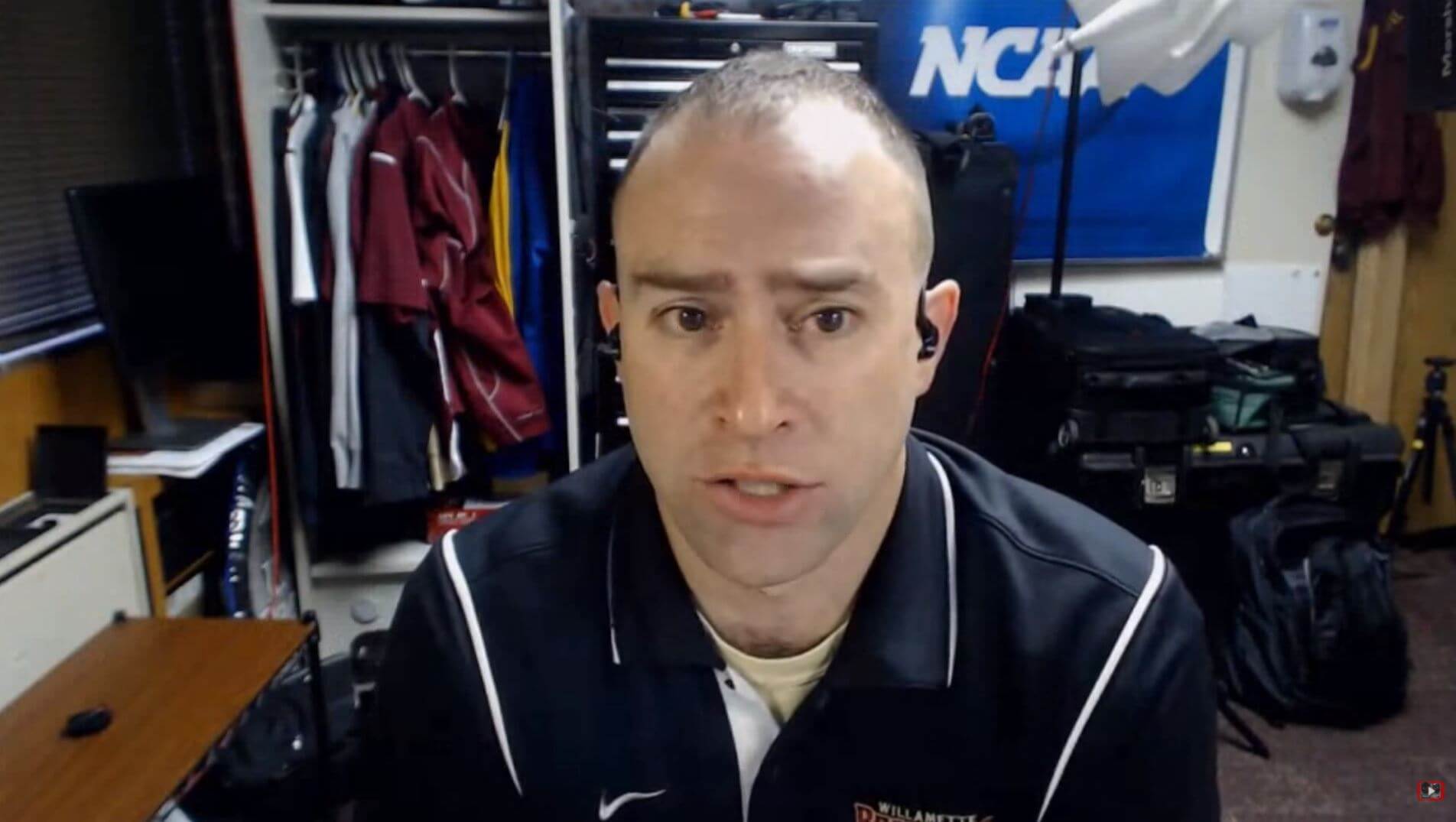
During every live broadcast, Christopher tries his best to include a play-by-play announcer audio feed. “It’s our goal to have play-by-play in all our sports broadcasts. ” Once the game starts, a dedicated play-by-play announcer will handle all audio including ad spots, bumpers and pre-recorded interviews. The Technical Director can play video overlays, with no audio, to match what the PxP is sending. The Technical Director mixer is sending an aux out to a Galaxy Audio Anyspot wireless receiver. The play-by-play audio workflow is explained below along with the entire video/audio system outline.
- 5 Cameras
- 1 x JVC GY-HM200SP
- HDMI Magewell
- 2 x endline cameras mounted under the hoop. CV502-MB, CV505-MB
- SDI Magewell
- 1 x PTZOptics 20x SDI
- RTSP (until NDI® Firmware is available) POE
- 1 x Canon HV20
- NDI® via Newtek Connect Pro via HDMI Blackmagic Intensity Shuttle
- 1 x JVC GY-HM200SP
- Wirecast 7 running on the PTZOptics Producer Kit Skull Canyon NUC
- Added Skull Canyon Expansion Ring for additional USB ports including 2 USB 2
- Logitech wireless mouse and keyboard (these are notoriously finicky with USB 3 but this is mitigated by using the added USB 2 ports)
- X-Keys 24 – also using usb 2 ports to free bandwidth on the USB3 bus
- Allows quick access to graphics, scoreboard and replay. 24 keys wasn’t enough I should have went bigger.
- Thunderbolt 3 USB hub – Two of the Magewell cards are plugged in to this hub.
- The NUC couldn’t support three capture cards on its single bus.
- Mounted and enclosed in an SKB Studio Flyer Waterproof Carry-on Rack Case – 2U
- CAT6 and siamese RG58 coaxial cable.
- Siamese RG58 coaxial cable from the control area to the two endline Marshall cameras for power and video.
- CAT6 from the Control area to the network closet
- One for the streaming computer
- One for the PTZOptics 20x SDI, including POE for power
- HDMI from the Canon HV20 to the Network closet
- Laptop with Newtek Connect Pro and Blackmagic Intensity Shuttle
- It was too far to run hdmi and I didn’t have any HDMI to SDI converters.
- Play-by-play at the table
- XLR cable from the mixer on the table to the control area.
- Ingested by the JVC and sent to wirecast via SDI
- Once the game starts PxP person handles all audio including ad spots bumpers and pre-recorded interviews.
- For almost 10 years we have been streaming video with just a camera and PxP. We are upping our production with a technical director this year, but doing it slowly.
- Technical director can play video overlays with no audio to match what the PxP is sending.
- The TD mixer is sending an aux out to a Galaxy Audio Anyspot wireless transmitter / receiver.
- Plugged into the PxP mixer tape in and goes to PxP headphones but not out the master mix.
- TD can adjust what input are being sent to the PxP via the AUX control. To talk to PxP just turn up AUX on his mic.
- Audio from wirecast is sent via NUC out into the TD mixer and sent back to PxP via AUX.
- The TD Mixer doesn’t have any effect on the audio output to the stream. It’s for communication between TD and PxP
- Because this is going back to PxP it has to be a mix minus so Wirecast is not monitoring the audio from the JVC camera, but it it sending the out to the stream.
- To hear PxP Audio out of the JVC is plugged into the TD Mixer.
- XLR cable from the mixer on the table to the control area.

